Hashtags are dead, right?
Not so fast! Despite what some people might think, hashtags are still very much alive and active in 2025. In fact, they are still a must-have in any solid social media strategy. Social media is changing fast, and hashtags might not be as trending as once, but that doesn’t mean they are irrelevant.
The catch is that each social media platform has its own set of strategies when it comes to using them. Whether you are tweeting on Twitter, sharing a post on Instagram, or networking on LinkedIn, the way you use hashtags matters in giving your content some edge on social media.
So, how can you make the most out of hashtags in 2025?
Let’s break it down by platform—X (fka Twitter), Instagram, Facebook, LinkedIn, and even TikTok– and back it up with statistics and tips to ensure your hashtags are not just surviving—but thriving.
A Little Insights to Hashtags
Before jumping right into how to use hashtags in 2025, what are they?
Hashtags are made up of letters and numbers following the “#” symbol that helps people find content on social media. They were created to bring order to the social media chaos. In addition, hashtags gather similar conversations into one place, making it easier for people to find content that matters to them.
For example, if you click #creativemarketing on Instagram, you will see all the posts using that hashtag. You can also check out the top posts and see how popular the hashtag is.
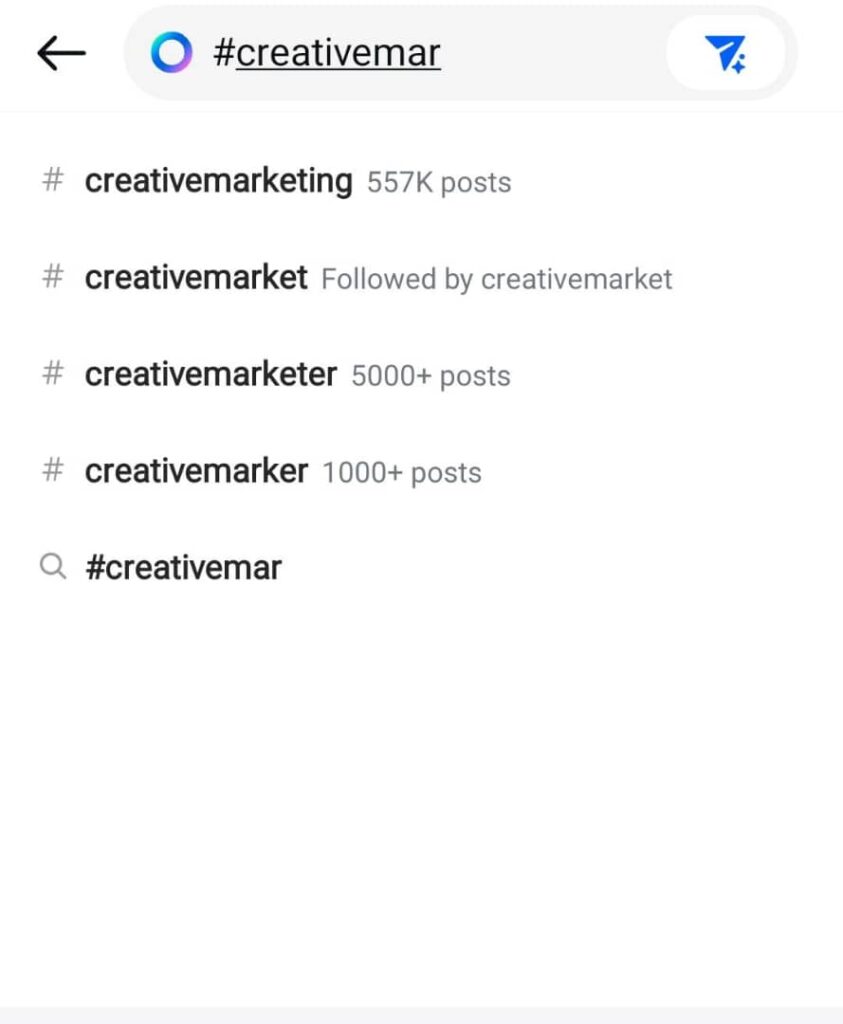

Hashtag research for #creativemarketing
Hashtags are available on different social media platforms, including Facebook, Instagram, X (fka Twitter), YouTube, LinkedIn, Pinterest, and TikTok, and you can add them to your posts, bios, and even comments.
The first hashtag appeared on Twitter in 2007, thanks to Chris Messina. Though we all know the “#” symbol as a hashtag, its original name is “octothorpe.” That’s a fancy way of saying “number sign.” When you post a hashtag, it turns into a clickable link.
Moreover, hashtags are powerful tools for spreading messages, such as #EndSars and #BlackLivesMatter, which has sparked national and global social movements, respectively. Asides from being used as a tool for social change, they are also used for fun content like the popular #tgifriday #viralvideos.
For brands, hashtags are a goldmine for reaching niche audiences and building communities. They help create viral campaigns, boost brand awareness, and achieve business goals. No matter what platform you are using, hashtags can help grow your online presence.
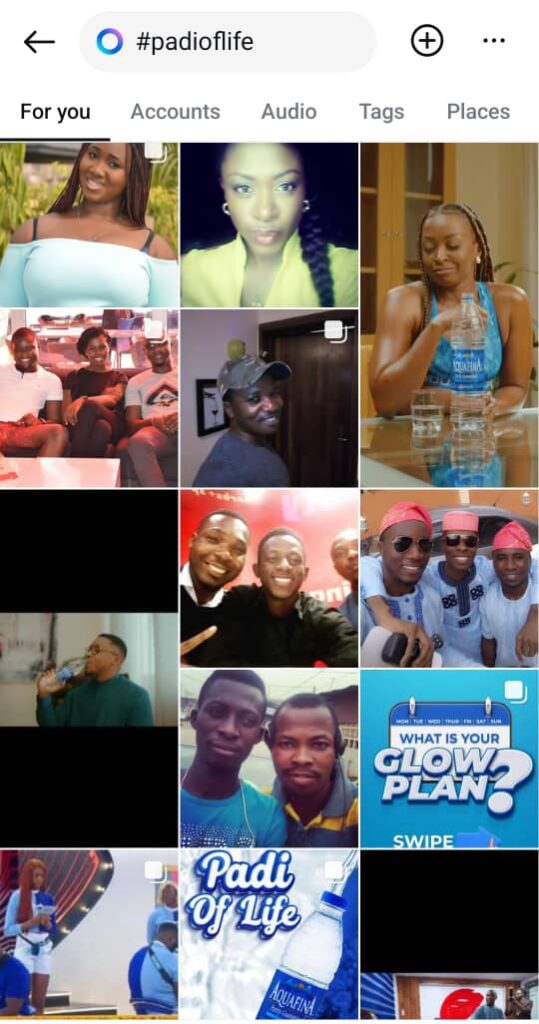
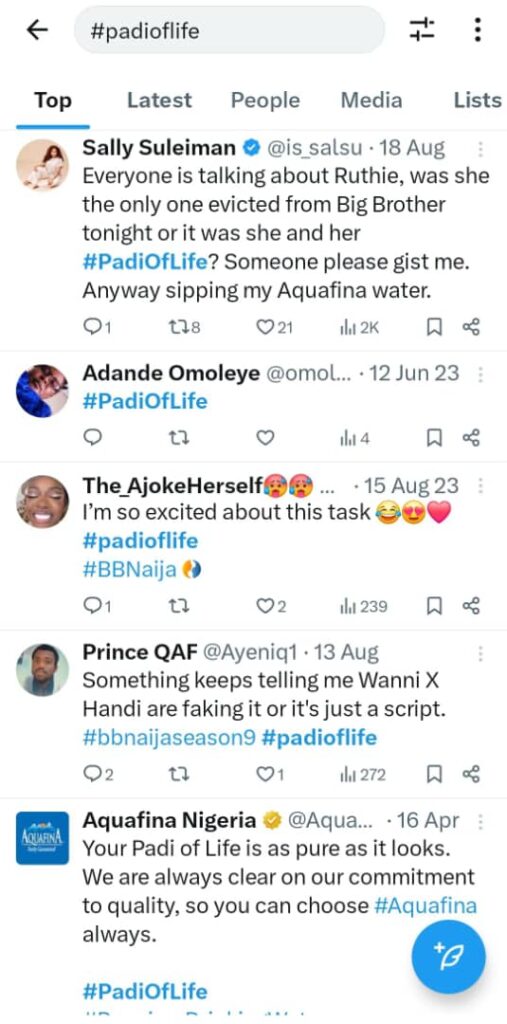
Aquafina’s #padioflife campaign using hashtag
However, the popularity of a hashtag doesn’t make it right for your brand. Before jumping on a new hashtag, determine your goal (e.g., reaching more people). Once you know what you want, research related hashtags to help you get there.
How Should You Use Hashtags in 2025?
Now to why you have patiently read this blog post to this point- getting the most out of hashtags.
Using branded hashtags that align with your post will increase your views, clicks, reach and mentions. However, avoid using too many hashtags which can hurt your post interaction. In addition, monitor your existing hashtags to learn how they affect your social media performance.
We have provided tips using the latest statistics to help you make the most of hashtags on X (fka Twitter), Instagram, Facebook, LinkedIn, and TikTok.
X (fka Twitter) Hashtags
Hashtags are a driving force on X (fka Twitter). They probably make the biggest impact there compared to any other platforms. So, let’s break it down:
Twitter users’ reports reveal that Tweets with relevant hashtags can significantly boost engagement and they are more likely to be retweeted.
Tweets from individuals can see up to 100% more engagement, while brands and businesses can see around a 50% increase. For example, if your tweet usually gets about 150 interactions, adding hashtags could boost it up to 300.
However, overdoing it can be counterproductive. An X (fka Twitter) guide reveals that the sweet spot is to use 1 to 2 hashtags per tweet. Adding more than that can make your tweet look spammy, which could significantly lower your engagement. In addition, use hashtags that look organic, such as #padioflife, as they are easier for Tweeps to reuse in their posts.
Does this strategy apply to X (fka Twitter) ads?
Unlike organic tweets, X (fka Twitter) ads with hashtags actually get 23% less engagement than those without as users engage more with ads that is concise and relevant to them. Therefore, we recommend you use hashtags for your regular tweets and avoid them in your ads for better results.
Instagram Hashtags
Instagram is often seen as the king of hashtags because of their importance to the platform. From early years, Instagram used hashtags to help users discover content of interest.
An interesting fact is that hashtags are still as effective on Instagram, especially if you are new to the platform and have few followers. But, ensure to use hashtags (and keywords) that are relevant to your niche or industry in your posts and Reels. Instagram also recommends using between 3 to 5 hashtags, which is better than nothing.
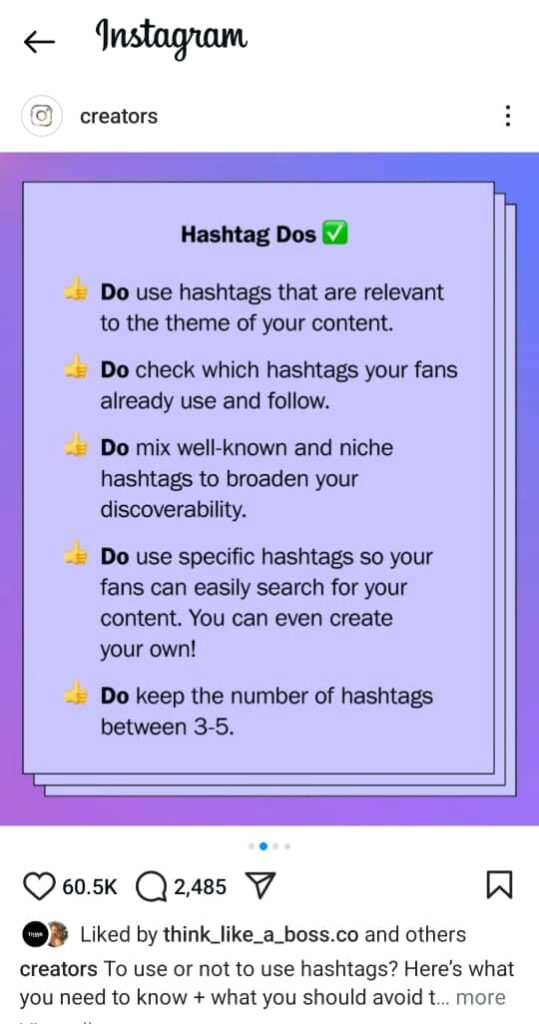
Source: @creators (Instagram)
Posts with at least one hashtag get about 29% more interactions for Instagram accounts with fewer than 1,000 followers. And if you go all out and use 11 or more relevant hashtags with a fewer account following, interactions can jump by nearly 80%. So for newer accounts with less than 5000 on Instagram, more can really be more.
Another exciting fact about hashtags is that longer hashtags (between 21 and 24 characters) actually perform better than shorter ones, provided they are easy to remember. Compare them to long-tail keywords in SEO, which have less competition and target a more specific audience.
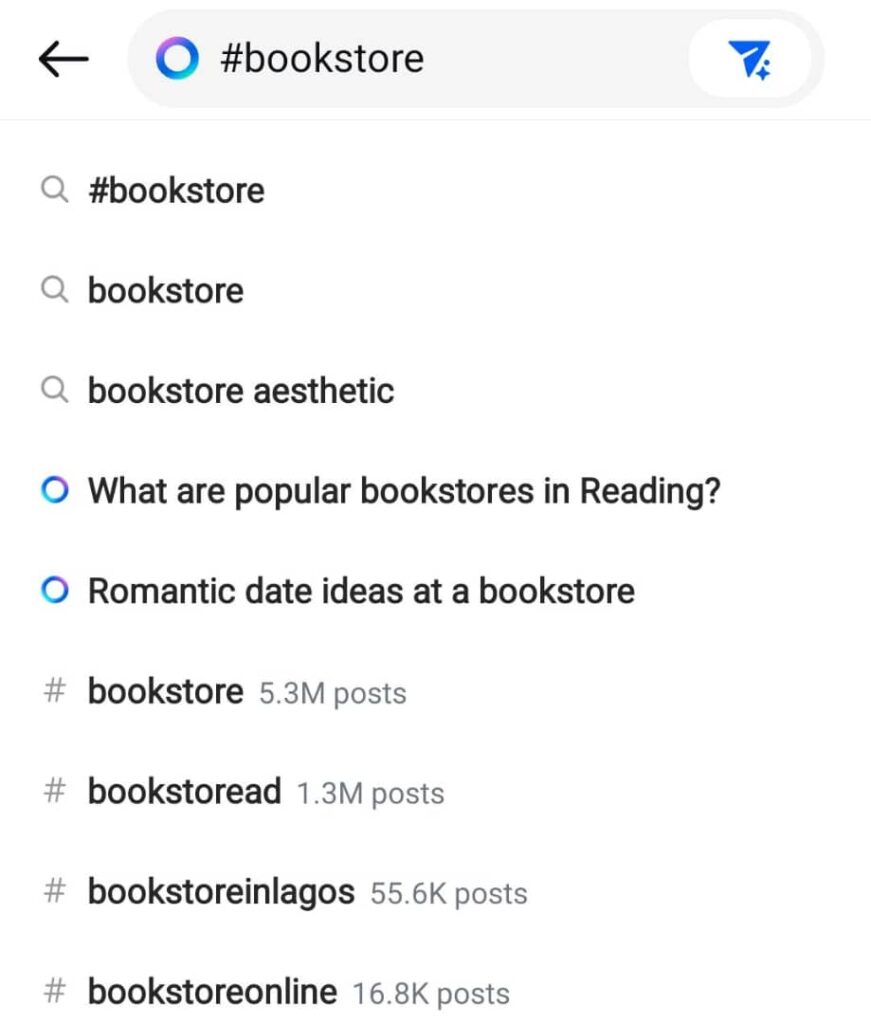
When you run a bookstore Instagram page, especially with fewer followers, #bookstore may not be an ideal hashtag to target. Chances are that your post will get lost in the Feeds or Search if you add it to your post. Rather, #bookstoreinlagos or #bookstoreonline are perfect alternatives with less competition targeting specific audiences.
Furthermore, hashtags are also a great branding tool on Instagram. People can even follow specific hashtags. Around 87% of brands put their hashtags in the caption, while only 12% add them to the comment section.
And if we break them by posts, reports reveal that about 90% of posts include hashtags in their captions, leaving only 10% with hashtags in their comments. However, we recommend that you test what works best for your brand.
On the flip side, you might have applied most of these strategies but observe that your hashtags are not delivering results. Certain practices could hinder your hashtags from working and they include using a private account, prohibited or irrelevant hashtags.
You can make your hashtags work for you with a clear strategy, which helps to optimise your posts, boost engagement, and gain followers.
We will end Part 1 of this blog post here. In Part 2, we will explain practical strategies (backed by statistics) for using hashtags on Facebook, LinkedIn, and TikTok. Learn how to boost your engagement and reach on these platforms using smart hashtag strategies.





